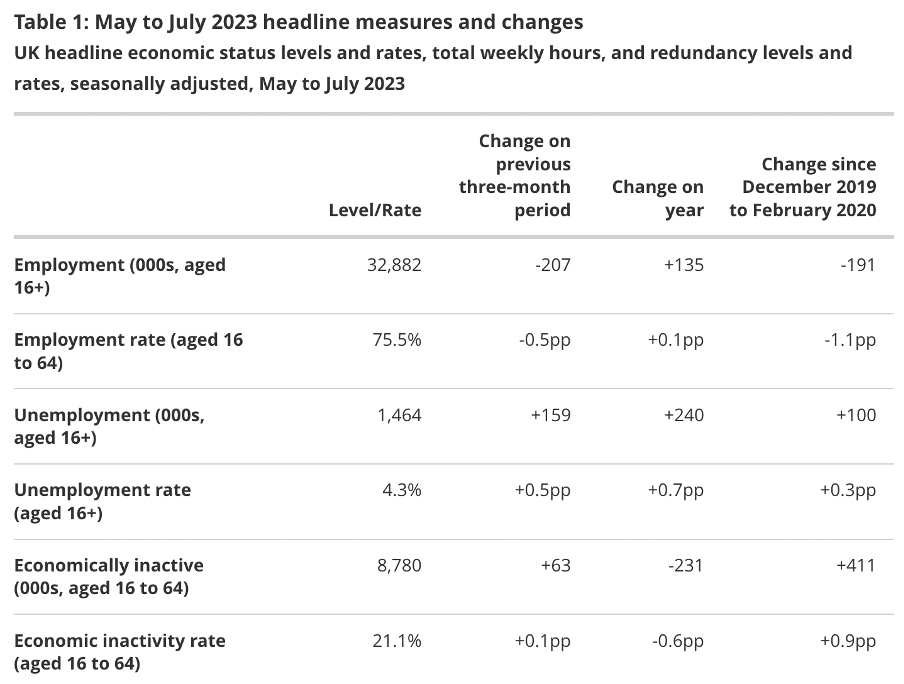Further convergence – on part-timing over 50
Convergence is a significant part of the PP picture – or rather reverse convergence, ie the prospects for men converging on female patterns of work and career, rather than vice-versa. The previous post was about some convergence in the peaks of earnings by women and men over the life course. Now I learn of a different type of convergence – or, in fact, crossover: of working patterns in the older age group, according to ONS data, reported in a recent Guardian article by Amelia Hill.
As background, there are a number of factors and trends at work here, which are worth listing:
- Older people are an increasing segment of the workforce.
- Record numbers of older people in their 50s and older are in part-time work: 3.6 million of them, which marks a 12% increase in the last year and a 56% increase since two decades ago.
- Of these, an increasing proportion are part-timers. At least 2 in 5 of workers aged 60-64 are part-time. Of those working aged over 65, the proportion is 2 in 3.
- More men than women aged 66+ are now working part-time. Their (men’s) numbers have increased by 22% since 2021.
Several questions follow:
1. Will the growing presence of men amongst part-timers help to raise the status of this kind of work? Or will the age factor outweigh this? It’s worth remembering that for part-timers currently the gender pay gap is negative – ie women earn more than men – because it’s generally only poorly qualified men who work part-time (or those not interested in a ‘career’).
2. Will the shift in working patterns have a kind of backwards influence, making it more acceptable generally to work part-time at any point across the life course? Or will it have the reverse effect, marking out a sharper divide between younger (usually male) full-timers from older (now both sexes) part-timers?
3. Isn’t the full-time/part-time distinction unhelpful? It is binary, when there is a growing diversity of working status, but nevertheless continues to have a prejudicial effect.
4. Isn’t it time we revised the upper end of the age bracket in formal employment analysis? Below is the table from the mainstream ONS statistics, which still uses 16-64. I know changes in statistical categories are death to time series analyses, but we surely need to extend this age range.

